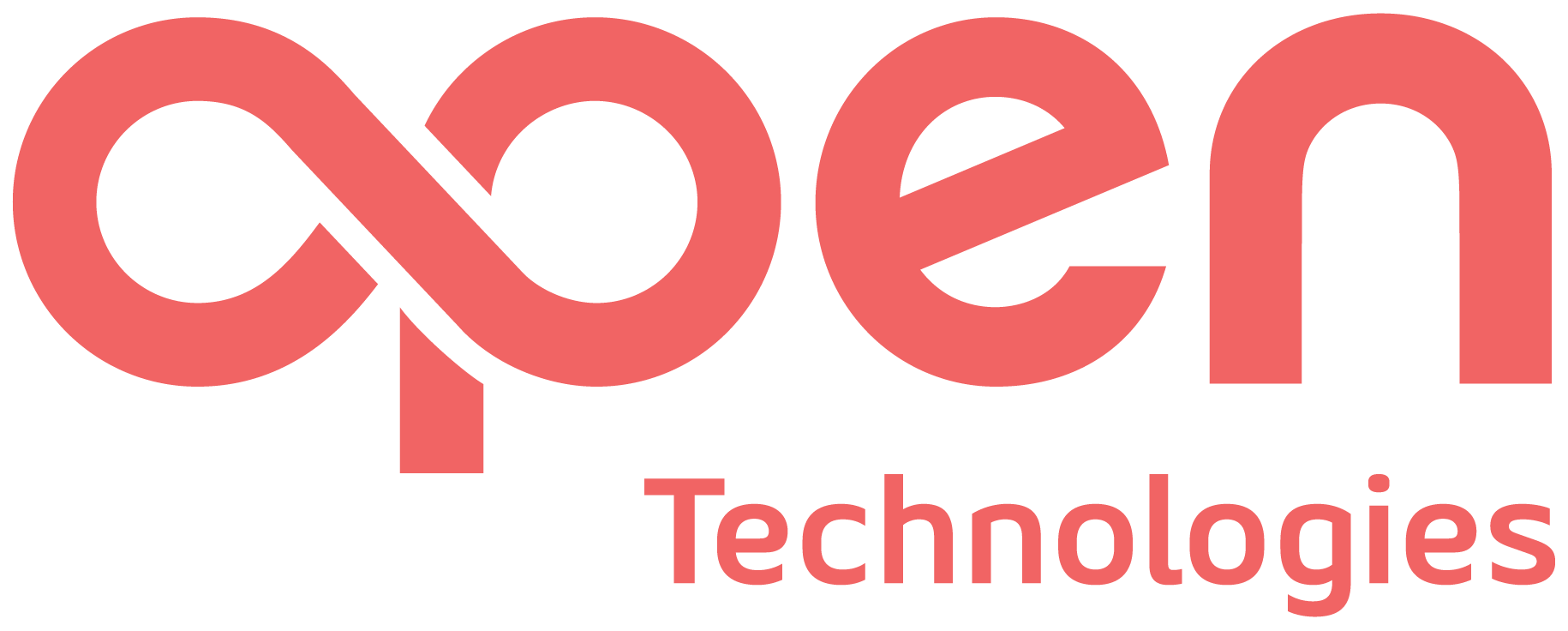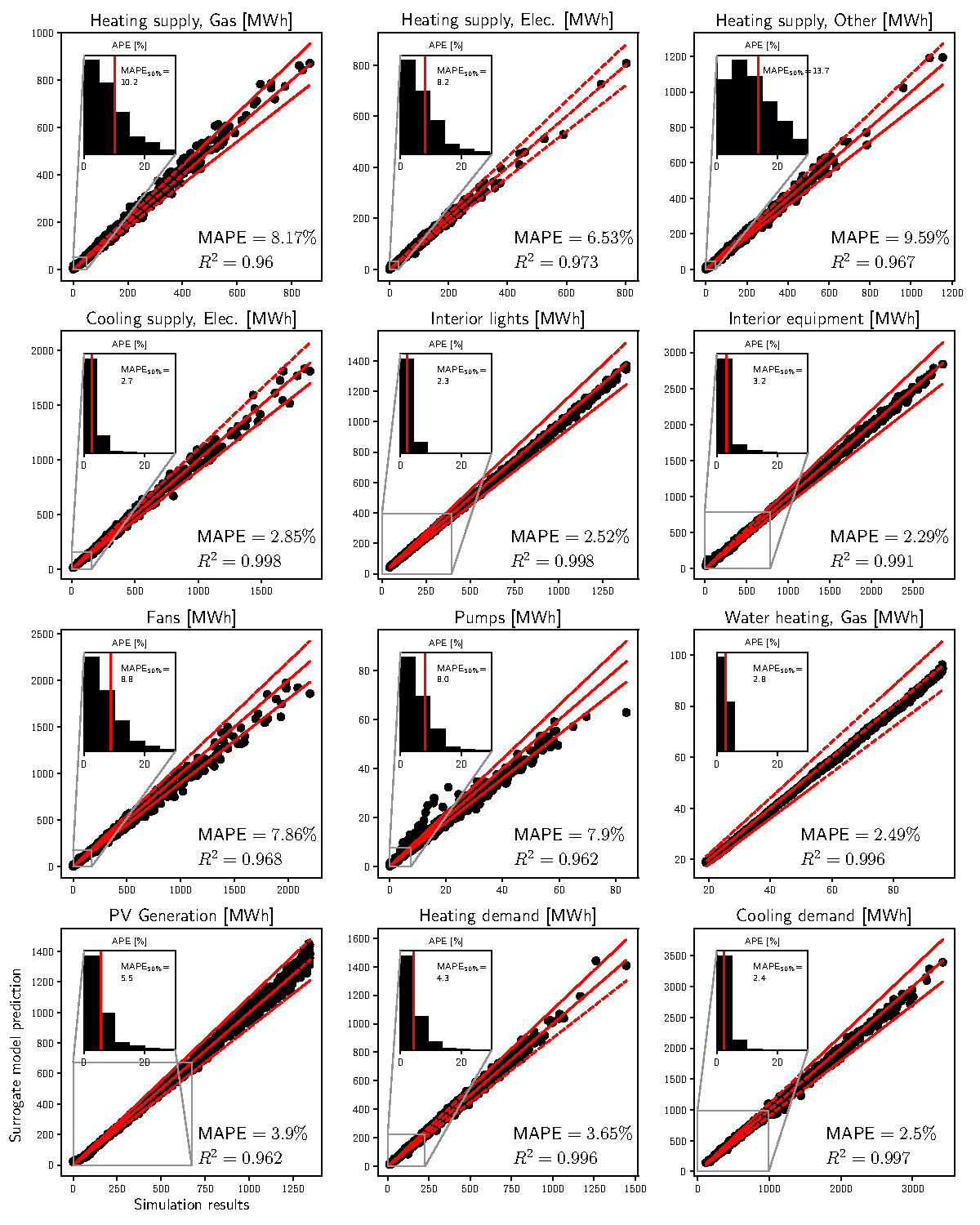Net-Zero Navigator
An online platform for the exploration of new building designs in relation to "net-zero ready" targets.
Free. Open-source. Visual. Interactive.
Explore the impacts of design and operating parameters on thermal demands and energy loads for building archetypes across Canada.
A project by



